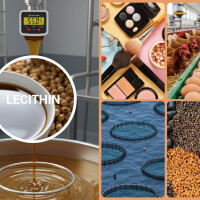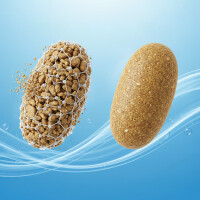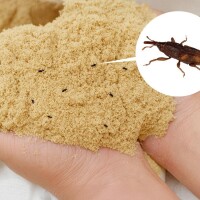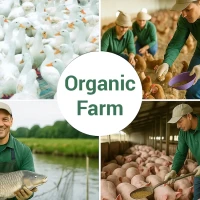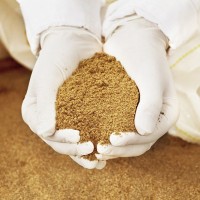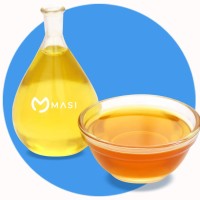Comprehensive Guide to Prolonging the shelf life of Animal Feed
In contemporary livestock, the meticulous preservation of animal feed ingredients holds equally critical importance as the selection of superior breeds or the construction of optimal housing. Feed directly impacts the health, growth rate, and economic viability of the entire herd. Should these vital ingredients not be preserved correctly, it not only leads to significant nutritional depletion but also poses a substantial risk of fungal and bacterial contamination, thereby severely compromising the productivity and quality of livestock products.
Why is preserving animal feed essential?
Animal feed ingredients, whether for livestock, poultry, or aquaculture, serve as the primary source of essential energy, protein, minerals, and vitamins. However, these ingredients are highly susceptible to environmental factors, making effective preservation critical.
Without proper feed preservation methods, the potential consequences can include:
- Depletion of crucial nutritional components, such as proteins and vitamins A, D, and E, primarily due to oxidation or biodegradation.
- Compromised animal health from mold growth and bacterial contamination in feed, leading to issues like diarrhea, toxicosis, or diminished immunity.
- Significant feed wastage stemming from caking, spoilage, mold, insect infestation, or rodent damage.
- Causes significant economic losses for farmers, particularly in large-scale production systems.
Therefore, implementing proper preservation techniques for animal feed ingredients is not only pivotal for safeguarding ingredient quality but also critically contributes to the robust, healthy development of livestock.
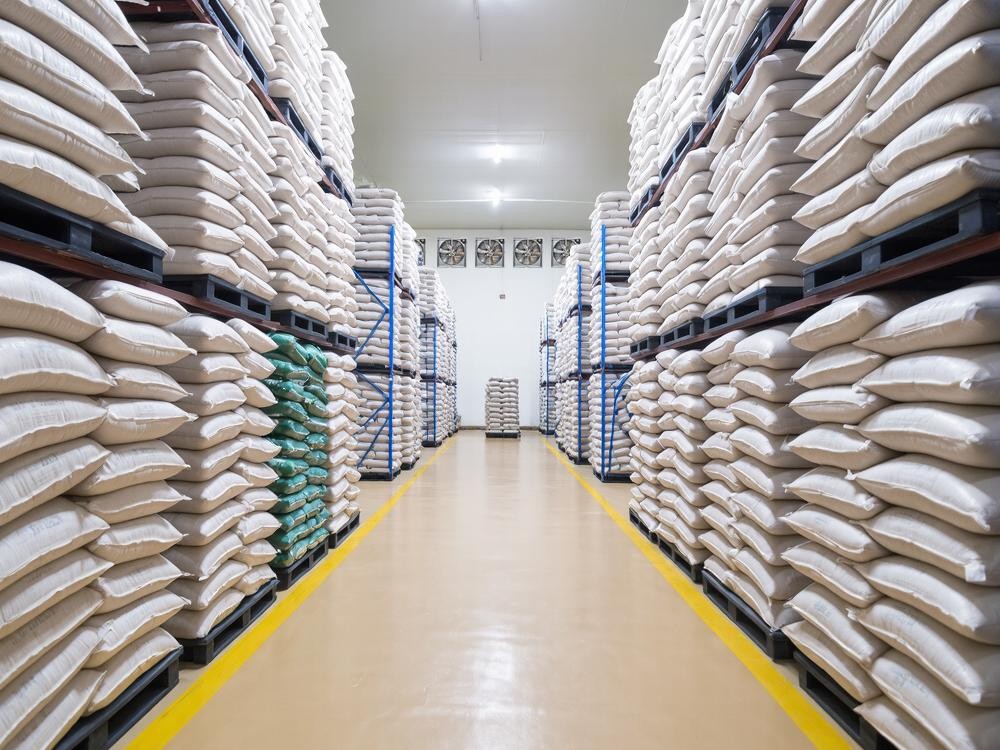
Adhering to proper animal feed preservation protocols is crucial for safeguarding nutritional integrity and preventing mold proliferation
Key determinants of optimal animal feed preservation
To ensure efficacious preservation of animal feed ingredients, producers must possess a comprehensive understanding of the environmental and biological factors that can compromise feed quality throughout the storage lifecycle.
1. Moisture
Moisture stands as one of the most critical determinants impacting the quality of animal feed ingredients. Elevated environmental moisture levels readily lead to feed – particularly mixed bran or starch-rich varieties – seamless absorbing atmospheric moisture. This, in turn, precipitates caking, fermentation, and even the proliferation of dangerous molds. Mold not only erodes nutritional value but can also generate highly perilous aflatoxins, potentially causing liver failure, stunted growth, or chronic poisoning in livestock and poultry. Consequently, feed storage facilities must be situated in dry locations, equipped with effective dehumidification or robust ventilation systems to meticulously mitigate the adverse effects of moisture.
2. Temperature
Elevated temperatures can significantly accelerate the oxidation and degradation of essential nutrients within feed. This is particularly pertinent for feed rich in fats, fish oil, or fat-soluble vitamins such as A, D, and E. When temperatures exceed stable thresholds (typically above 30°C), the feed can rapidly deteriorate, exhibiting unusual aromas or discoloration, thereby diminishing its bioavailability for livestock. Moreover, hot and humid environments create an ideal breeding ground for harmful bacteria and microorganisms. Consequently, maintaining stable temperatures in storage facilities, avoiding direct sunlight, and utilizing insulated roofing are crucial steps in effective preservation.

Grasping and adeptly managing these influential factors is paramount to effectively implementing proper animal feed preservation techniques.
3. Light
Light, particularly sunlight, can significantly diminish the content of certain photosensitive vitamins in feed, such as vitamins B2, B6, A, and D. Prolonged exposure to UV radiation causes these nutritional components to degrade or lose their biological activity, leading to an imbalanced dietary profile. Furthermore, light can also elevate storage temperatures, indirectly exacerbating issues like mold growth, discoloration, and off-odors. Consequently, feed storage areas must be designed to be light-proof or utilize UV-resistant packaging to meticulously minimize the detrimental effects of solar exposure.
4. The ingress of insects, rodents, and termites
Animal feed, when not stored within a secure and sealed environment, becomes highly susceptible to infestation by insects, rodents, or termites. These vectors not only cause quantitative losses but also lead to a severe degradation in quality. Rodents and insects can gnaw through and tear packaging, directly exposing the feed to ambient air and moisture. Furthermore, they act as vectors, carrying bacteria, yeast, or parasites that can readily transmit to livestock and poultry via contaminated feed sources. Consequently, storage facilities necessitate proactive preventative measures, including rigorous periodic sanitation, the strategic deployment of rodent traps, the design of airtight entry points, and the selection of thick, robust, and puncture-resistant packaging materials.
5. Storage duration
Even with the diligent application of comprehensive animal feed preservation methods, the duration of storage remains a pivotal factor in maintaining product quality. Many feed types, especially custom-blended formulations lacking preservatives, should ideally be utilized within a short timeframe to ensure optimal freshness and prevent nutrient depletion. Prolonged storage, even under ideal warehousing conditions, can lead to the natural degradation of vitamins and minerals over time, adversely impacting dietary efficacy. Therefore, producers are advised to strictly adhere to the "First-In, First-Out" (FIFO) principle and regularly monitor feed expiry dates to guarantee safety and nutritional integrity during use.
Optimized preservation strategies for diverse animal feed formulations
Effective preservation of animal feed ingredients must be meticulously executed according to each distinct ingredient group, thereby safeguarding their nutritional integrity, minimizing spoilage, and fostering robust livestock development. Outlined below are the prevailing best practices for feed preservation.
1. Preserving granular animal feed (grains, legumes, corn, etc.)
*Characteristics: While inherently straightforward to store and less prone to spoilage, these ingredients are highly susceptible to moisture absorption, weevil infestation, and mold development.
*Effective storage strategies for grain-based feeds:
- Thoroughly dry or dehydrate to achieve a moisture content below 13% prior to packaging.
- Utilize sealed PP bags with a moisture-resistant PE lining, meticulously secured and elevated on pallets at least 20 centimeters from the ground.
- Ensure storage facilities are well-ventilated and impeccably clean, shielded from direct sunlight.
*Preservation period: 6 – 12 months under ideal conditions.
2. Preservation methods for pelleted feeds (brans, compound feeds, etc.)
*Characteristics: Balanced nutrition, yet highly susceptible to moisture absorption and mold if not properly preserved
*Preserving pelleted animal feed:
- Store in a cool, dry, well-ventilated area with warehouse moisture below 60%.
- Use airtight packaging and keep away from heat sources to maintain quality.
- For long-term storage, consider sealed silos with moisture control to safeguard feed integrity and maximize value.
*Preservation period: Within a period of three to six months from the manufacturing date
3. Preserving protein-rich feed ingredients (fish meal, meat meal, bone meal, etc.)
*Characteristics: High protein content, it is susceptible to oxidation and degradation
*Preserving protein-rich animal feed:
- Store in a dark environment with temperatures below 30°C and moisture levels under 60%.
- Utilize sealed, moisture-proof packaging, optionally incorporating antioxidants such as Vitamin E or Ethoxyquin.
- Fishmeal should be stored separately to prevent cross-contamination.
*Preservation period: 6 to 12 months, provided it remains free from moisture, caking, or mold
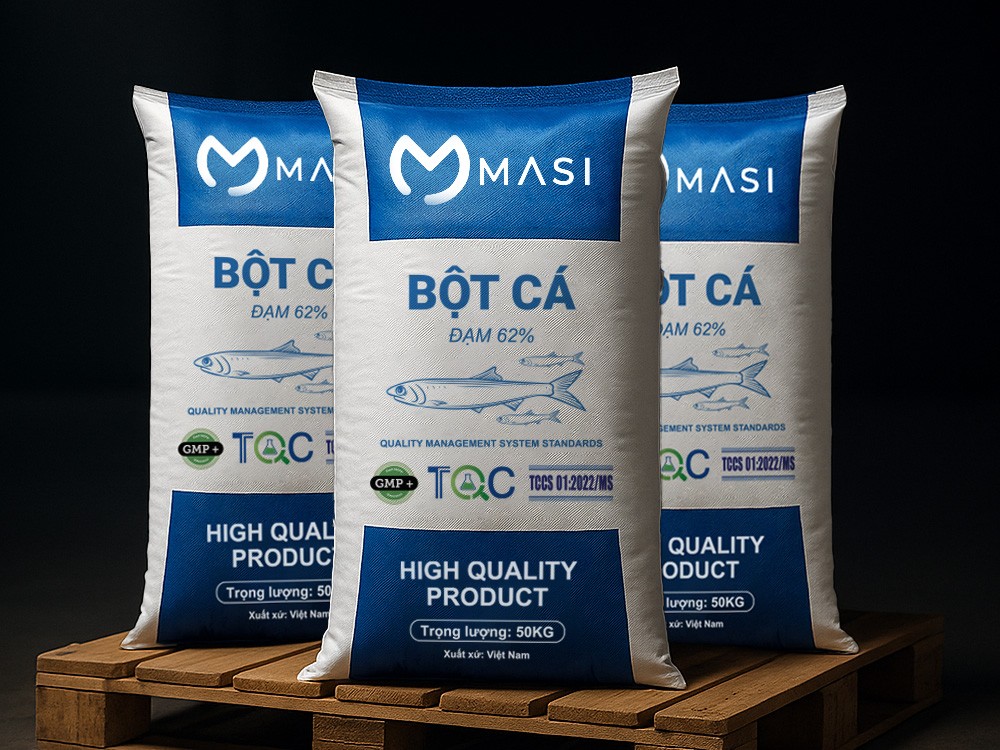
To preserve fish meal and other protein-rich ingredients, it is imperative to ensure airtight packaging and stable temperatures to mitigate oxidation.
4. Effective storage for aquatic feeds ( floating feeds, sinking feeds )
*Characteristics: Vulnerable to moisture and thermal fluctuations, leading to swift nutrient depletion upon contact with water.
*Preservation strategies for aqua feeds
- The warehouse is raised off the ground, has an insulated roof and well ventilated.
- Use packaging with a desiccant layer or one-way valve, ensure the packaging is not placed directly on the floor or against a wall.
- Absolutely no contact with pond water or rainwater.
*Preservation period: 3 to 6 months, priority should be given to utilization during the peak season
Crucial aspects when preserving animal feed
Throughout the entire animal feed production and supply chain, proper preservation is an indispensable step for maintaining nutritional quality and ensuring long-term efficacy. Here are some key considerations:
Avoid mixing new feed with older batches: This practice can readily facilitate the transfer of mold from existing stock to fresh supplies, compromising the quality of the entire lot. Always ensure the complete utilization of an older batch before unpacking new packaging.
Adhere strictly to the FIFO (First In - First Out) principle: feed introduced into storage first must be utilized first. This is an exceptionally effective method to **prevent prolonged inventory holding, thereby mitigating nutritional degradation and ensuring livestock consistently receive a high-quality, uniform feed source.
Maintaining warehouse hygiene: storage facilities require regular sanitation to prevent the ingress of insects, rodents, and termites, ensuring robust biosecurity.
Ensure scientific organization: stack feed bags on elevated platforms, away from walls, and protect them from damp floors or direct sunlight. Clearly label each bag with details such as entry date, feed type, and expiration date (if applicable) to streamline management and ensure proper rotation. This approach guarantees feed quality, minimizes waste, and supports efficient, cost-effective operations.
Monitoring storage conditions: ensure warehouses maintain humidity levels below 60% and stable temperatures to preserve consistent quality.
Routine vigilance: promptly remove any feed bags exhibiting signs of mold, caking, or unusual odors.
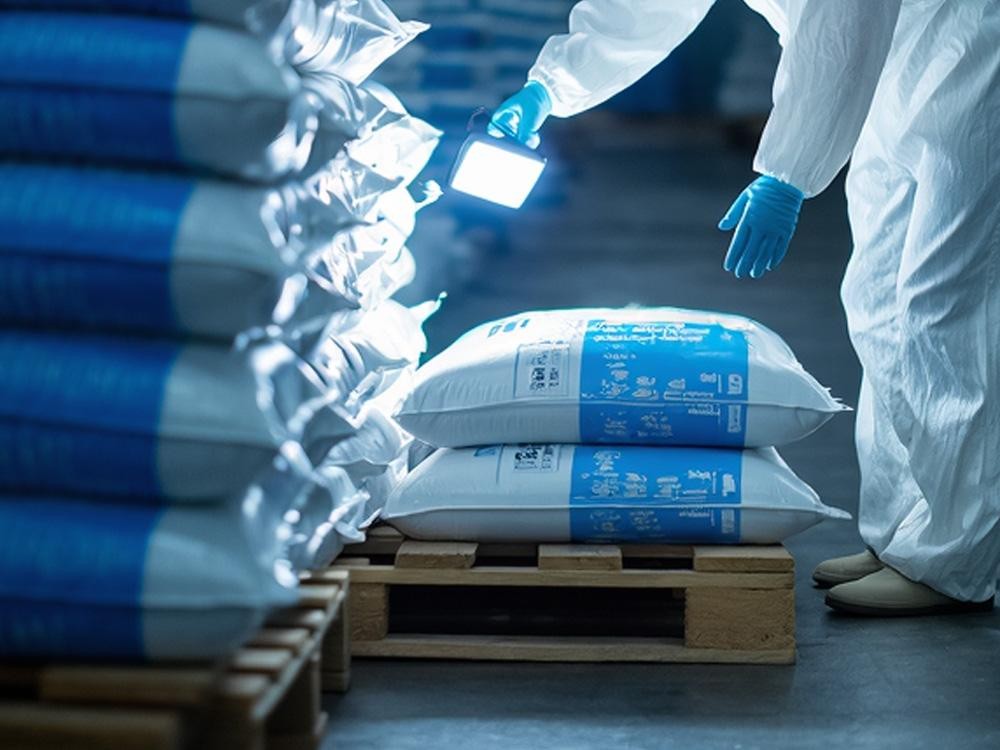
Periodic assessment is an indispensable step in the animal feed preservation protocol.
In an increasingly demanding livestock industry focused on quality and efficiency, optimal animal feed preservation transcends a mere technical step; it fundamentally influences productivity, cost-effectiveness, and the stable development of the entire farm operation. A robust preservation strategy - encompassing everything from packaging selection and temperature/ moisture control to meticulous storage procedures - serves as a crucial shield, safeguarding both nutritional value and animal health.
At Masi, we extend beyond merely supplying highly nutritious raw materials such as fish meal, rice bran, and broken rice. We are partnering with farmers through every intricate link of the livestock value chain. This stems from our conviction that sustainable growth isn't achieved through a single solution, but rather through meticulous attention to every operational detail. In this context, correct preservation not only helps maintain nutritional integrity but also fosters stable, healthy animal development - a seemingly minor distinction that yields substantial efficacy.
--------------------------------------
Contact information:
Masi
Office: 7th Floor, Giga Mall, 240 - 242 Pham Van Dong, Hiep Binh Ward, Ho Chi Minh City
Factory: Lot C11, Fish Sauce Processing Area, Phu Thuy Ward, Lam Dong Province
Factory: Hoi Hamlet, Kim Son Commune, Dong Thap Province
Email: Cs@masi.vn
Call center: 0909 411 885 - 0911 401 955 - 0979 045 766
Facebook: https://www.facebook.com/masi.fishmeal
LinkedIn: https://www.linkedin.com/company/masifishmeal/

